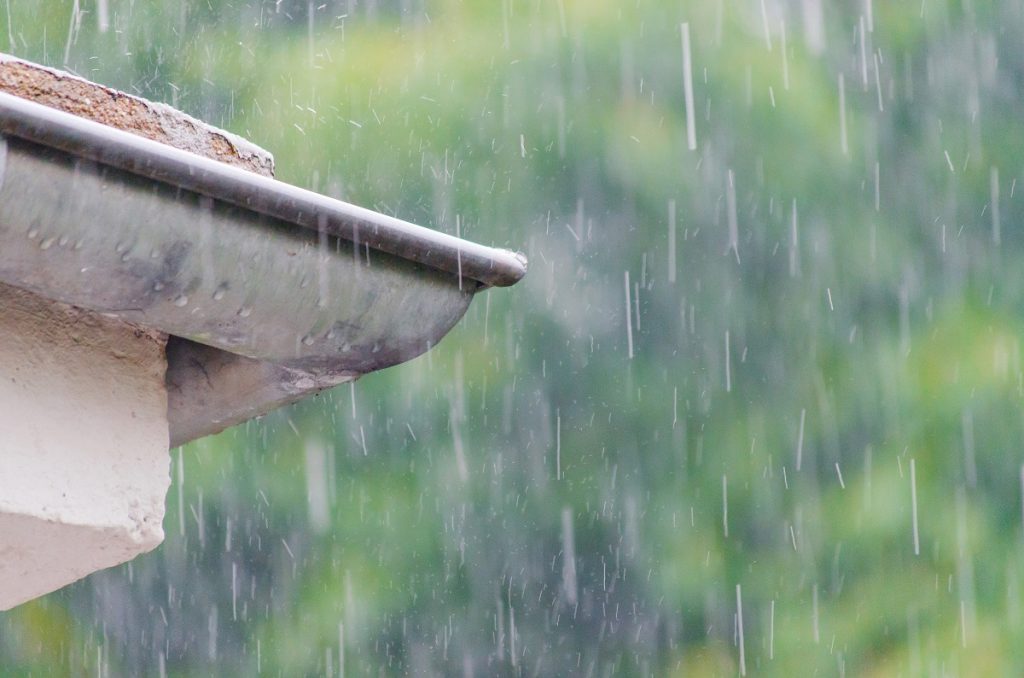Any homeowner will know that water getting inside the property isn’t a good sign. And while you know that fixing leaks right away is a good thing, recurring problems can point to a larger issue. Rain and snow will keep coming back; if certain factors keep on leading water to your home, these tips will help you achieve a lasting solution.
Divert the flow
Water flows down from a higher elevation; it’s only logical that the first step should involve tackling the source of water if possible. For many homeowners, the roof is a great starting point. Heavy winters in places like Salt Lake City can lead to damage; the need for gutter replacement becomes obvious when you see that water from rain or melting snow isn’t draining properly anymore, but instead is leaking and pooling around the foundations.
Water from above isn’t the only source homeowners should consider, though. Well-planned and developed properties must be built on a slope; this may be very slight, even unnoticeable. But when it rains, you can observe where water flows on a properly graded landscape – it should invariably head downstream and away from the home. A negative grade will result in the opposite, undesirable effect – water flowing down towards your home. In this case, professional landscaping work is likely needed to correct the grading of your property.
Increase soil absorption
Effective grading ensures that the net flow of water will always be away from your home. But there may still be times when you’ll see pools forming within your yard. Uneven patches of turf be a result of compression, as people may be walking over certain spots more often than others. Soil quality also plays a significant factor here. Certain types of soil are more porous than others. Pools of water can take time to drain and may attract pests such as mosquitos; they can also effectively drown plants that are deprived of oxygen for long periods.
You can take steps to avoid standing water and improve soil absorption by adding organic matter and tilling once or twice a year. Making the surface more porous can also be accomplished by using permeable paving materials or stepping stones instead of solid, continuous concrete walkways. Native plant species are also an excellent choice in these areas of your garden; they are hardy and have extensive root systems to quickly absorb excess moisture.
Drain or pump excess water

Homeowners in some parts of the country have come to expect heavy rainfall or flooding as a yearly occurrence and made further adjustments. And with climate change making weather patterns unpredictable, additional solutions for dealing with excess water may be required elsewhere too. You may want to consider a shallow French drain if this continues to be a problem. Installing a dry well can also help alleviate a high level of run off during the rainy months. And if water nonetheless manages to find its way under your foundations, a sump pump may be necessary to fix the issue. These interventions should be evaluated and applied depending on each scenario, so consult a professional to find the most effective solution.
Water may be vital for life, but it’s also essential to keep the elements in check and divert water away from your home. Using these measures will help you find the best solution for your property and weather conditions.

